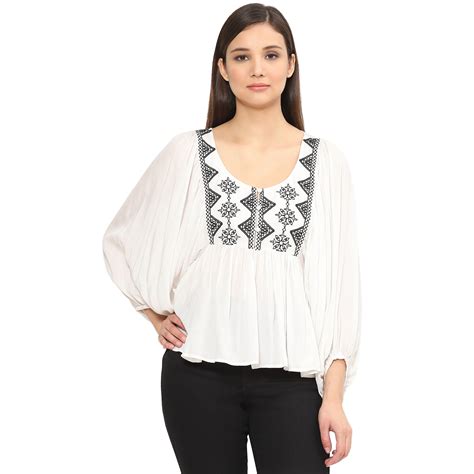India, with its rich textile heritage, has long been at the forefront of lace manufacturing. From delicate Chantilly to opulent embroidered lace, Indian lace manufacturers produce an exquisite array of designs that adorn garments, home décor, and accessories worldwide. This article delves into the vibrant landscape of India’s lace industry, exploring its history, market dynamics, and innovative applications.

Historical Roots
The origins of lace making in India can be traced back to the 16th century when Portuguese and Dutch traders introduced European lace techniques. Over time, local artisans adapted these techniques, infusing their designs with indigenous motifs and colors. This fusion gave birth to unique Indian lace styles that gained widespread recognition and demand.
Market Overview
Today, India’s lace industry boasts an estimated market size of USD 1.2 billion and is expected to grow steadily in the coming years. Key markets include domestic retail, exports, and the booming fashion and home décor industries. The industry has witnessed increased demand for sustainable, eco-friendly lace products to cater to growing consumer consciousness.
Key Lace Types
Indian lace manufacturers produce a vast range of lace types, each with its distinct characteristics and applications:
- Chantilly Lace: An intricate and delicate lace made using fine cotton or silk thread.
- Embroidered Lace: Lace with embroidered designs that add texture and embellishment.
- Crocheted Lace: Lace created using a crochet hook and yarn, often featuring intricate patterns.
- Machine-Made Lace: Produced using advanced machinery, offering high-volume and intricate designs.
- Zari Lace: Opulent lace with metallic threads, typically used in traditional Indian attire.
Innovative Applications
Beyond traditional garments and home décor, lace manufacturers are exploring innovative applications for their products. These include:
- Jewelry: Delicate lace pieces incorporated into necklaces, earrings, and bracelets.
- Tech-Enabled Lace: Lace integrated with electronics for interactive and functional purposes.
- Eco-Friendly Lace: Lace made from sustainable materials such as recycled fibers or natural dyes.
Effective Strategies for Manufacturers
For lace manufacturers in India to thrive in the competitive market, it is essential to adopt effective strategies:
- Focus on Quality and Craftsmanship: Maintain high standards of quality to cater to discerning customers.
- Invest in Research and Development: Innovate new lace designs and explore emerging applications.
- Embrace Sustainability: Adopt eco-friendly practices and use sustainable materials to meet growing consumer demand.
- Leverage Technology: Utilize advanced machinery and technologies to increase efficiency and productivity.
Tips and Tricks for Using Lace
Incorporating lace into garments or home décor requires creativity and attention to detail. Here are a few tips:
- Choose the Right Lace Type: Select the lace type that best suits the desired aesthetic and purpose.
- Consider the Fabric Compatibility: Match the weight and texture of the lace to the fabric it will be paired with.
- Experiment with Layering: Layer different types of lace to create depth and interest.
- Add Embellishments: Enhance the lace with beads, sequins, or other embellishments to add a touch of glamour.
Statistical Insights
- According to the India Brand Equity Foundation, the Indian textile industry is expected to reach USD 190 billion by 2025.
- The export value of Indian lace is estimated to be around USD 100 million annually.
- A recent study by the Fashion Design Council of India revealed that sustainable lace products have witnessed a surge in demand.
Conclusion
India’s lace manufacturers possess a rich heritage and a vibrant future. By embracing innovation, sustainability, and creative applications, they continue to captivate consumers worldwide with their exquisite and intricate lace creations. As the industry evolves, it will be exciting to witness the birth of new and even more imaginative uses for this timeless textile.
Tables
Table 1: Key Lace Types and Applications
| Lace Type | Applications |
|---|---|
| Chantilly Lace | Bridal gowns, fine lingerie, evening wear |
| Embroidered Lace | Formal wear, curtains, table linens |
| Crocheted Lace | Home décor, clothing accessories, baby wear |
| Machine-Made Lace | Mass-produced garments, home textiles, decorative trims |
| Zari Lace | Traditional Indian attire, saris, lehengas |
Table 2: Growth Projections for India’s Lace Industry
| Year | Market Size (USD) |
|---|---|
| 2022 | 1.2 billion |
| 2025 | 1.5 billion |
| 2030 | 1.9 billion |
Table 3: Sustainable Lace Materials
| Material | Properties |
|---|---|
| Recycled Polyester | Made from PET plastic bottles, eco-friendly alternative |
| Organic Cotton | Grown without pesticides or fertilizers, hypoallergenic and biodegradable |
| Bamboo Fiber | Naturally antibacterial and moisture-wicking, biodegradable |
| Jute | Durable and eco-friendly natural fiber |
| Hemp | Strong and UV-resistant, low water footprint |
Table 4: Creative Applications for Lace
| Application | Description |
|---|---|
| Interactive Lace | Lace integrated with sensors or LED lights for interactive lighting effects |
| Wearable Lace Technology | Lace integrated with fitness trackers or other wearable devices |
| Sustainable Lace Art Installations | Large-scale lace sculptures or installations using eco-friendly materials |
| Lace Wall Art | Framed lace pieces used as decorative wall hangings |
| Lace Jewelry | Delicate lace pieces incorporated into jewelry designs |
